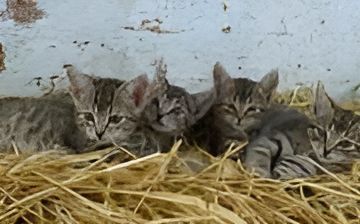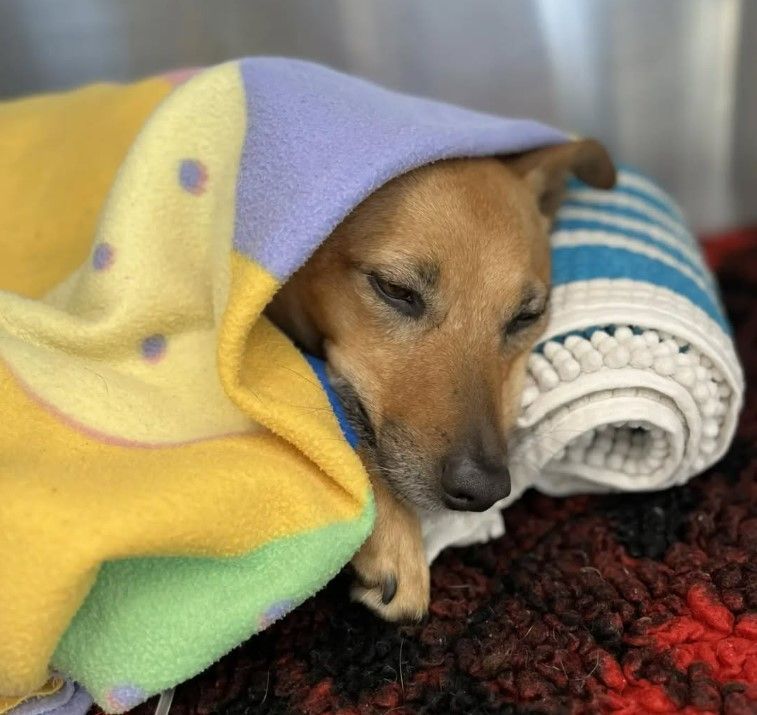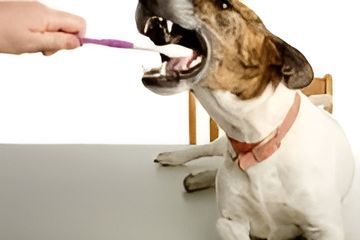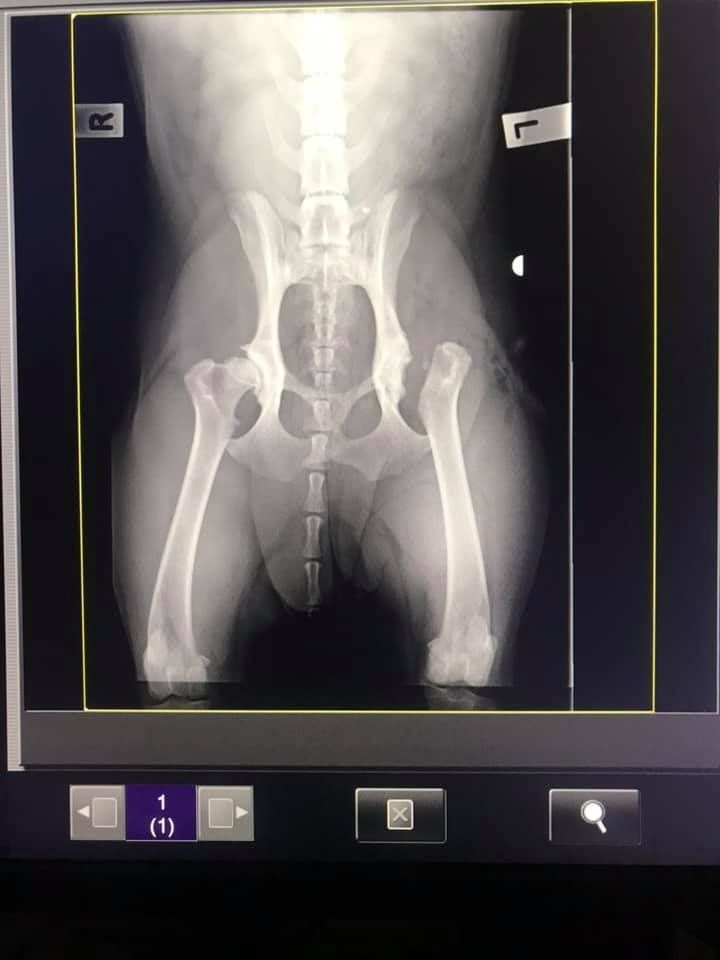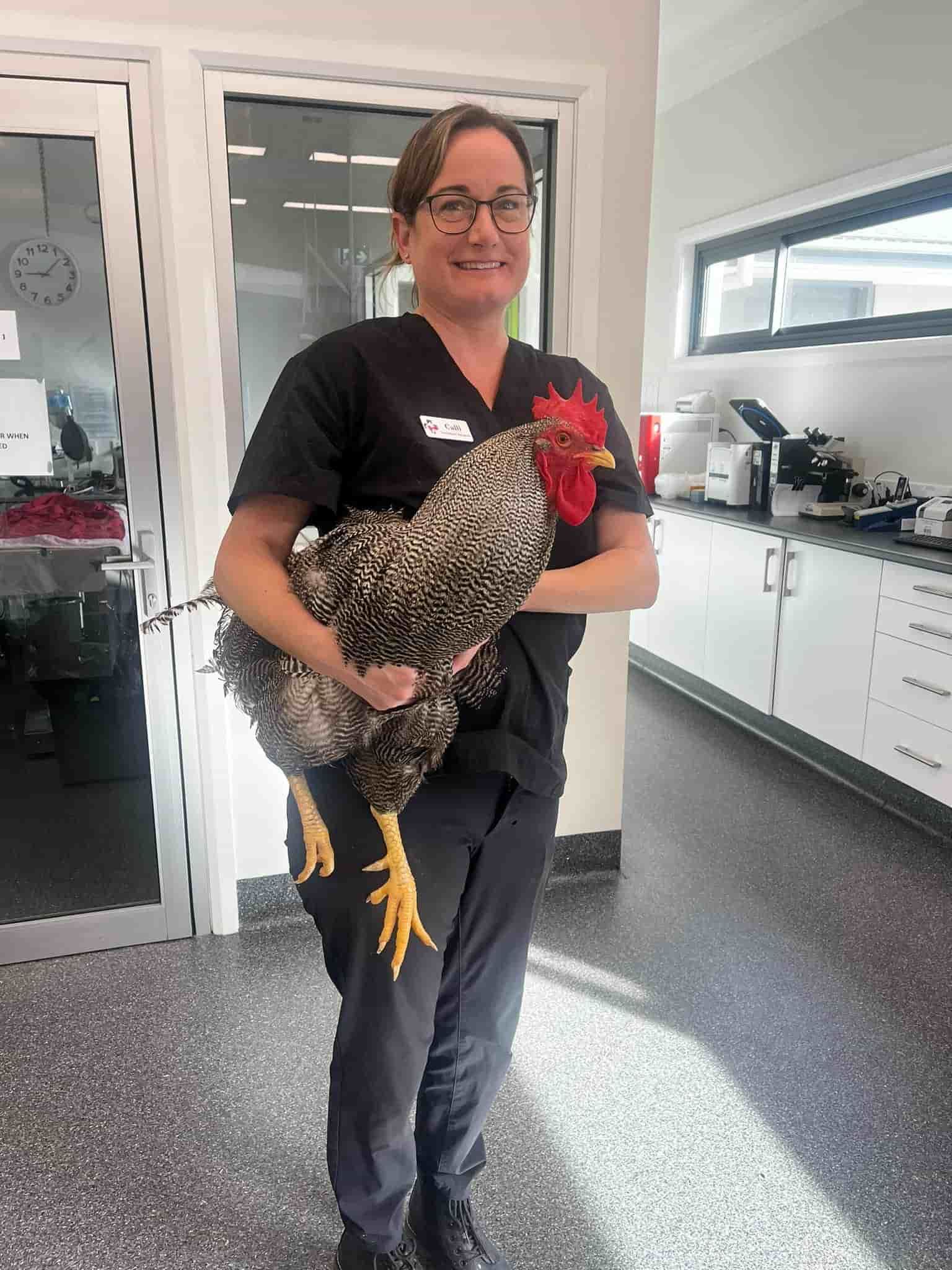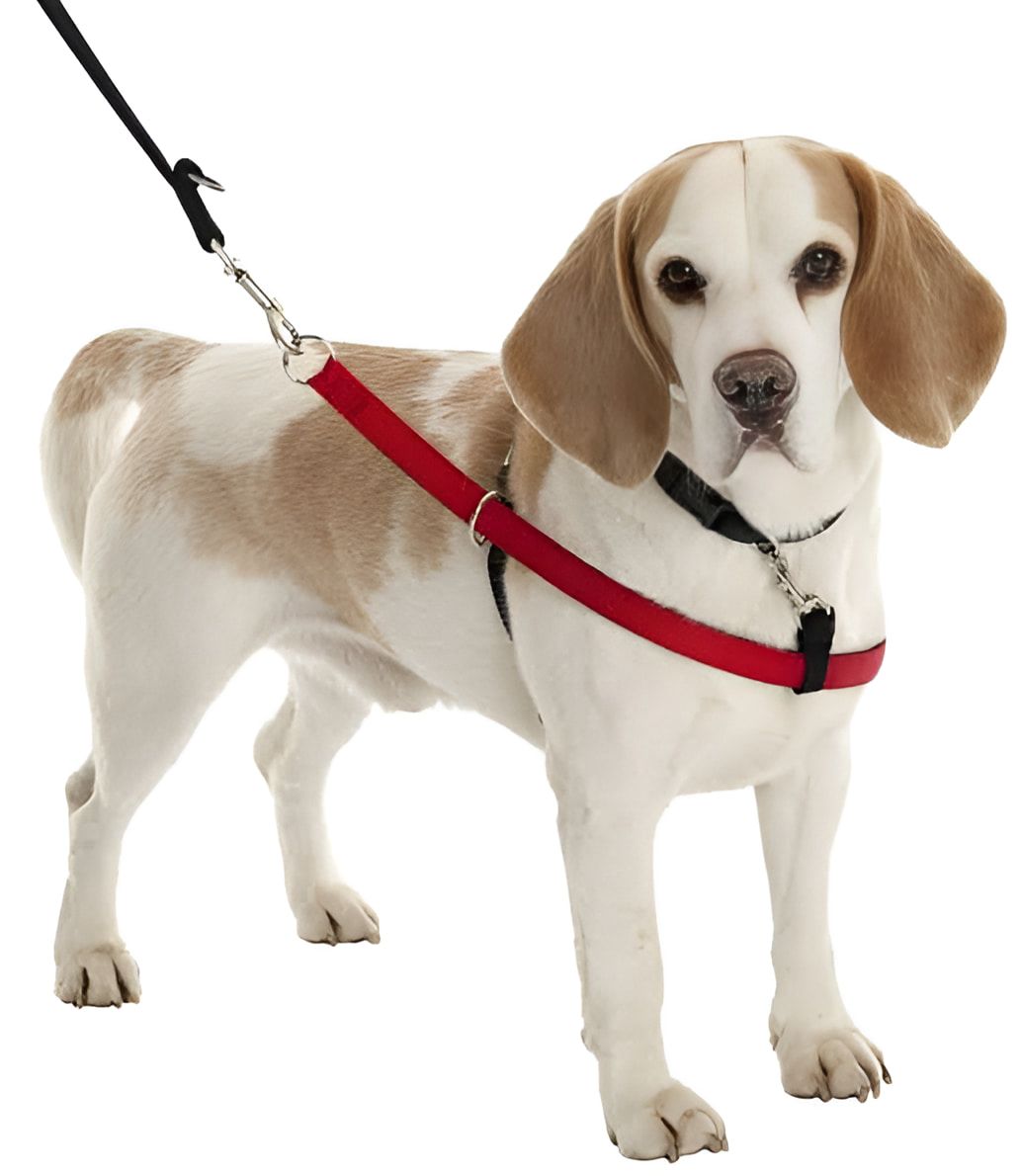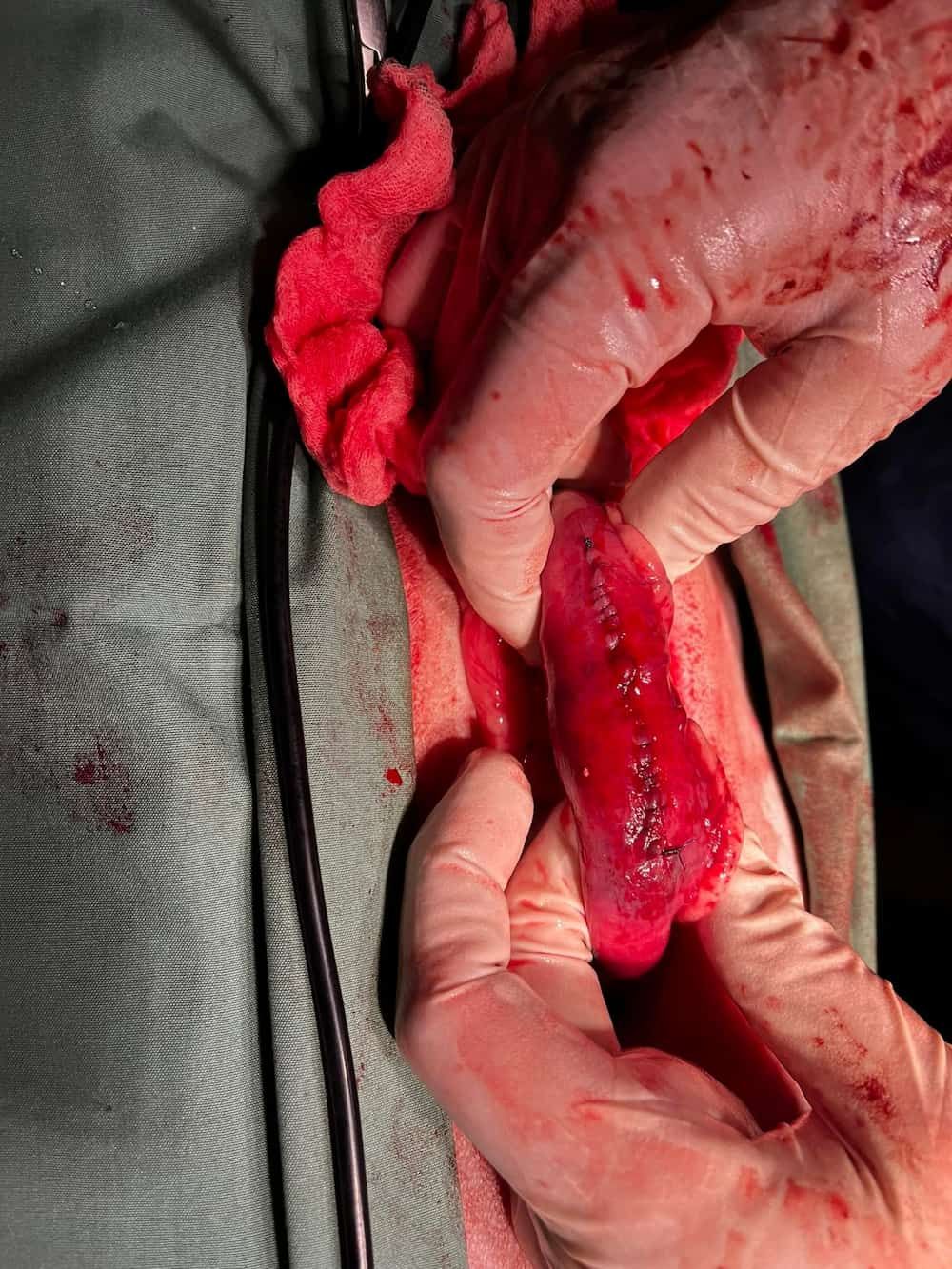Skin Problems in Guinea Pigs
Many factors can cause skin problems in guinea pigs, including parasites, fungal infections, scurvy, barbering and abscesses. While some problems can be treated easily at home, it’s best to seek veterinary advice if a skin problem persists.
Parasites
Mites are a common cause of itchiness in guinea pigs, especially around the head and neck area. With intense itchiness, the guinea pig can scratch so much that wounds appear on the skin, prompting owners to assume that their guinea pigs have been fighting. Some guinea pigs even start fitting due to the itchiness. Mites may be seen under the microscope after skin scrapings are taken, and treatment may be topical or injected.
Fleas and lice can also affect guinea pigs, and treatment is simple and effective, using sprays or baths.
Fungal infections
Itchiness and patchy hair loss in guinea pigs may be due to fungal infections. As with mites, the itchiness can be intense, leading to self-trauma. Treatment involves medicated shampoos, or in more severe infections, antifungal medication is given.
Functional Cystic Ovaries
This is a common condition in female guinea pigs, leading to swelling of the abdomen, and hair loss along both sides of the body. There is not usually any itchiness. Diagnosis may be made by palpating the enlarged ovaries, by ultrasound, or by elimination of other conditions. Treatment involves removal of the affected ovaries.
Some pregnant sows can develop the same pattern of hair loss in the late stages of pregnancy, but this resolves after the babies are born.
Barbering
Barbering refers to the pulling out of hair by other guinea pigs, or it may be self-inflicted. It can be due to boredom in single guinea pigs, or to behavioural problems in those housed together. Environmental and hierarchy factors are considered in developing the best approach to barbering, and often the addition of good quality hay improves the situation.
Slobbers
Slobbers is a type of moist dermatitis that can form under the chin and neck due to excessive salivation. It is usually due to tooth and mouth problems.
Bumblefoot (Pododermatitis)
Pododermatitis means skin infection of the foot, and is usually manifested as swelling, ulceration, and thickening of the skin. It can be very painful, and sometimes leads to bone infection. Causes include inappropriate floor substrates such as wet or dirty floors, or rough, abrasive, or wire floors. Other factors include obesity and therefore lack of mobility.
Pododermatitis can be difficult to treat as the infection may be well-established. Floors should be lined with soft, dry, clean material such as layers of shredded paper, recycled paper pellets, or straw. This must be changed often to avoid it becoming wet and soiled.
Some guinea pigs tolerate bandaging of the affected foot or feet, but most will not. Weight loss is advised in obese guinea pigs, and antibiotics and analgesics are administered. In some cases, surgery may be advised to remove dead tissue.
Scurvy
Vitamin C deficiency is known as scurvy. Many commercial guinea pig diets are deficient in Vitamin C so fresh leafy green vegetables are an essential part of the daily diet. Scurvy can be manifested as a rough or unkempt hair coat, and other signs include wobbliness in the hindlegs, haemorrhage, lameness, hair loss, diarrhoea, and joint swelling.
Treatment involves daily administration of vitamin C for up to 2 weeks.
Greasy Seborrhoea
Excessive gland secretions can lead to a smelly, greasy, matted hair coat, sometimes with secondary infections. The condition is seen along the backline especially around the rump, and more commonly in male guinea pigs. Treatment involves medicated baths.
Abscesses
Abscesses may be a result of fighting or other wounds and require surgery to drain the pus, as well as the administration of antibiotics. The presence of abscesses involving the lymph nodes under the neck is called Cervical Lymphadenitis and is usually secondary to infections in the mouth.
By Provet Resident Vet
Contributor: Dr Julia Adams BVSc

